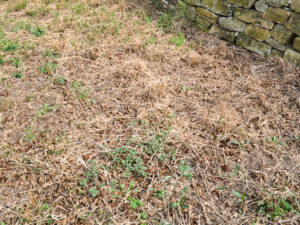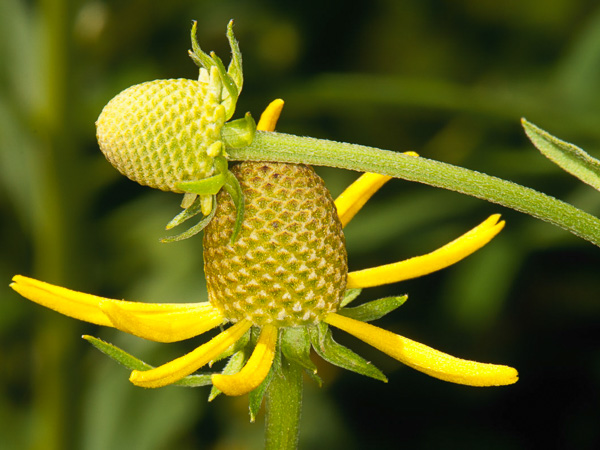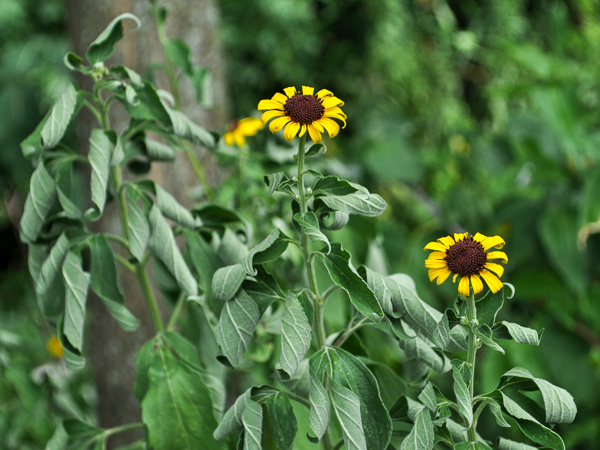
Welcome and Introduction
March 23, 2012
Weeds, Seedlings and Plant ID
May 18, 2012Spring Clean-up – A different approach
 Since we are officially at the beginning of spring, an appropriate topic to touch on is spring bed clean-up. This is definitely an area where things can differ tremendously between natural landscaping and other approaches to landscaping. First, I need to note that natural landscaping proponents (such as me!) advocate leaving the majority of plantings “up” for winter. In autumn only minimal work is done to “clean-up” and most plants are left standing, planted beds are left un-raked. The rationale for this is better left for another time, but this is the situation for my landscape and thus the need for a spring clean-up.
Since we are officially at the beginning of spring, an appropriate topic to touch on is spring bed clean-up. This is definitely an area where things can differ tremendously between natural landscaping and other approaches to landscaping. First, I need to note that natural landscaping proponents (such as me!) advocate leaving the majority of plantings “up” for winter. In autumn only minimal work is done to “clean-up” and most plants are left standing, planted beds are left un-raked. The rationale for this is better left for another time, but this is the situation for my landscape and thus the need for a spring clean-up.
So, why the need for a unique approach? Well, the reality of natural landscaping is that there can be a LOT of plantings other than turf-grass lawn. These plantings might range from low maintenance woodlands, meadows and shrub borders to intensively managed “gardens”. But in-between these extremes (and likely representing a sizable area) is everything else – what I call planted beds. It is these beds that I believe represent one of the best examples of the difference between landscaping philosophies and how natural landscaping lends itself to going with the flow of natural processes.
Traditional landscaping planted bed clean-up is a labor-intensive process; plants are cut-back individually with pruners or shears and bed surfaces are raked clean of plant debris. Springtime usually brings a small mountain of mulch to spread over the beds. I can personally vouch for the fact that this can be very time consuming for all but very small areas. Over the years I’ve developed more efficient techniques, such as string trimming and spot-burning. I suspect the clever landscaper can come up with other techniques that work for them. For now I’ll focus on my most useful technique…
String trimming planted beds
With a string trimmer you can cut back large areas quite quickly, and usually will chop-up the plant material to a degree in the process. One caveat is that you need to be careful to not damage tree trunks, shrubs, siding, etc. There are also a few tough-stemmed perennials that don’t easily string-trim and are best cut back by hand. With this step done, the only thing left is to do a rough rake. I have learned to just do a “rough and dirty” job of raking – partly because it takes a lot less time and partly because it leaves some of the plant debris behind where it will act as mulch. In concert with the string-trimming and its tendency to cut things into small pieces, the half-hearted raking can spare one from having to apply mulch for many years.


One other thing to mention has to do with aesthetics. The end result of this method is a “messier”, less “perfect” planted bed. Or at least that may be the way one tends to look at it at first (especially in contrast to the clean-up and re-mulch method). Trust me, it won’t last for long – as soon as plant growth resumes, all “messiness” is soon covered. And the truth is that it really isn’t messy at all – it’s just a matter of perspective and expectations.



